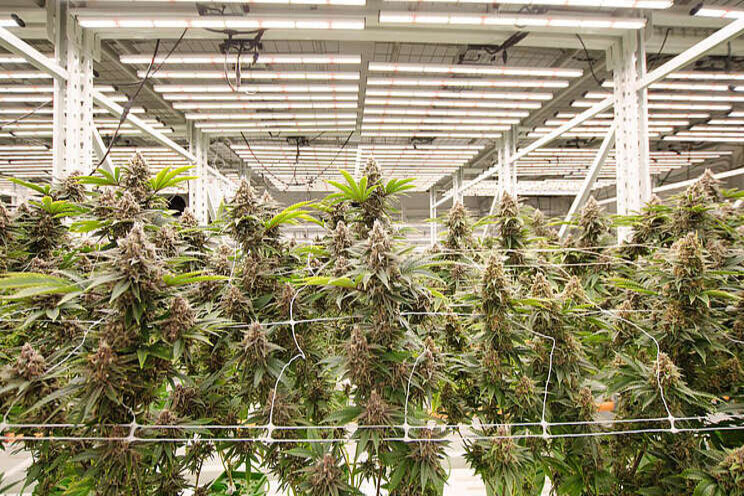Best practices for monitoring pH for cannabis
Added on 03 May 2020

 Caption: Nutrient availability increases or decreases in response to pH. A pH level of 5.8 - 6.2 is appropriate for cannabis.
Caption: Nutrient availability increases or decreases in response to pH. A pH level of 5.8 - 6.2 is appropriate for cannabis.
On the pH scale, values less than 7.0 indicate acidity; values greater than 7.0 indicate alkalinity. Deionized water has a neutral pH of 7.0. The pH scale is a logarithmic function, so even small changes in pH values are significant. For example, a pH level of 4.0 is ten times as acidic as a pH level of 5.0. For plants, pH is important because it affects the form of the nutrients in the substrate.
For example, when pH is low, the solubility of some micronutrients like iron and manganese increases, making them more available to plants. This can cause toxicity. However, when pH increases, micronutrients, along with phosphorus, become less soluble and less available to plants.
Regardless of the concentrations of your nutrient solution, unbalanced pH levels can create an antagonistic environment for nutrients and will make them unavailable to your plants. The figure above shows how nutrient availability relates to pH.

Cannabis, like many plants, prefers slightly acidic soil conditions. It tolerates a wide pH range (5.0-7.0) without symptoms of bronzing or interveinal chlorosis (yellowing of top leaves), but pH levels outside of the optimal range of 5.8 - 6.2 will limit growth. To maintain optimal pH levels, cultivators should test pH levels every two days, and adjust the pH as needed.
Testing pH with a Digital Meter
Testing pH is easy. Combination pH/EC meters are relatively inexpensive and require little training to use. They offer a permanent solution to disposable pH test strips and dye kits, which are cumbersome and must be subjectively interpreted by the color of the reactive test material.
1. Calibrate the meter: Before testing, meters require calibration against a known standard. In this case, calibrating against purified water has a neutral pH value of 7.0. Make sure the water you are using is deionized. Submerge the probe of the meter into the water and adjust the display to read pH 7.0.
2. Test the solution: Submerge the probe into a container of the fertilizer solution or directly into the tank. Read the digital display.
3. Test the growing media: The electrochemical environment of the root zone can be different than that of the fertilizer solution. Salt buildup can cause nutrient concentrations at the roots, which causes pH levels to be different from that of the fertilizer. To test the pH at the roots, stay tuned to the Fluence blog, as we will be releasing a best practices guide to testing for electrical conductivity (EC) in the next few weeks.
Source and Photo Courtesy of Fluence by OSRAM
Source: Fluence by OSRAM
More news















